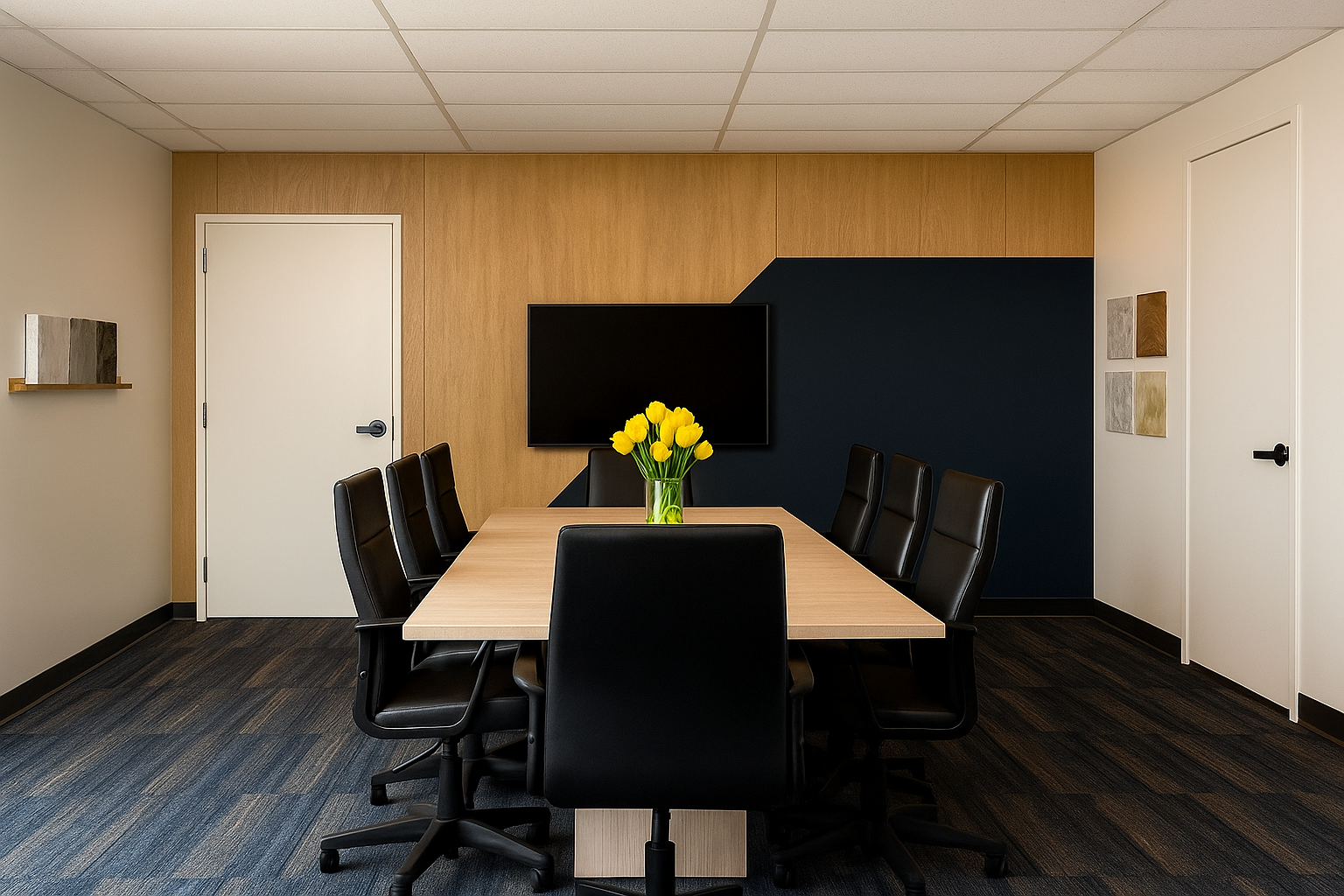Why do Canadian businesses continue choosing construction methods that guarantee delays when faster alternatives exist? The traditional office interior design bid build process stretches office renovations to an average of 15 to 40 weeks, while design build approaches complete identical projects in just 8 to 12 weeks, representing timeline reductions of 30% to 40%. Yet despite overwhelming evidence of superior efficiency, many organizations persist with outdated delivery methods that consume months of valuable business time. The Canadian construction industry reports that 77% of projects finish late by an average of 70 days, costing businesses billions in lost productivity and extended disruption periods that could be eliminated through strategic delivery method selection.
Office interior design projects coordinated through design build approaches benefit from integrated planning while commercial interior designer teams work directly with construction professionals to eliminate the communication gaps that plague traditional project delivery. This coordinated approach transforms office renovation from extended disruption into streamlined transformation.
Why Conventional Methods Fall Short
Traditional office renovation approaches separate design and construction phases while office interior designer teams complete work before contractors begin, creating artificial delays that extend project duration unnecessarily. The sequential nature of design bid build requires complete design development before construction pricing, followed by separate contractor selection processes that add weeks to project timelines without improving quality or reducing costs.
Bid phase delays represent one of the most significant timeline extensions in traditional office interior design projects. Contractors require two to four weeks to prepare comprehensive proposals, while commercial interior designer teams wait for pricing before finalizing specifications, creating gaps where no productive work occurs. This waiting period becomes particularly problematic when multiple bid rounds are necessary due to budget constraints or specification changes.
Communication bottlenecks between separate design and construction teams create change order delays while interior design services coordinate between multiple parties rather than working within integrated teams. Research indicates that poor communication causes one third of construction project failures, with information gaps between designers and builders creating the perfect conditions for misunderstandings and delays.
Traditional procurement processes further extend timelines when office interior designer teams source office furniture independently from construction coordination, creating potential conflicts between furniture delivery and space readiness. Projects often face delays when furniture arrives before construction completion or when construction schedules do not accommodate furniture installation requirements.
Design build approaches eliminate these sequential delays while Canadian office furniture procurement coordinates with construction scheduling from project inception rather than as an afterthought. This integrated approach prevents the timing mismatches that extend traditional office renovation timelines by weeks or months.
The Design Build Timeline Advantage
Design build approaches enable concurrent design and construction activities while office interior design development occurs alongside preliminary construction planning rather than in separate sequential phases. This overlap allows construction teams to begin infrastructure work while designers finalize finish selections, reducing overall project duration significantly compared to traditional methods.
Early contractor involvement during design development provides immediate constructability feedback that prevents the design revisions and value engineering exercises that delay traditional projects. Commercial interior designer teams working within design build structures receive real time cost and schedule feedback that enables informed decisions without multiple redesign cycles that consume weeks in traditional delivery methods.
Single point accountability through design build eliminates coordination delays while interior design services coordinate directly with construction teams under unified project management rather than through separate contracts and communication channels. This streamlined communication prevents the information gaps and coordination delays that plague projects with multiple prime contractors.
Risk allocation improvements through design build approaches place schedule responsibility with teams that control both design and construction activities. Office interior designer teams working within integrated delivery models take ownership of timeline performance rather than shifting responsibility between separate design and construction contracts that often conflict over schedule control.
Fast track scheduling becomes possible when design build teams coordinate office furniture design with construction sequencing to enable parallel activities throughout project duration. Canadian office furniture manufacturers increasingly work directly with design build teams to coordinate delivery timing with construction completion rather than independent scheduling that creates conflicts and delays.
Eliminating Client Bottlenecks
Design build approaches structure client decision making to support accelerated timelines while office interior design teams batch approvals and coordinate them with construction milestones rather than allowing open ended design exploration that interrupts project flow. This disciplined approach prevents the decision making delays that commonly extend traditional office renovation projects.
Integrated design build teams present unified recommendations while commercial interior designer expertise guides client choices toward decisions that support both aesthetic goals and schedule objectives rather than exploring unlimited options that create analysis paralysis and timeline extensions. Professional teams understand that construction timing cannot accommodate extensive design revisions without schedule impact.
Value engineering occurs concurrently with design development in design build approaches rather than after design completion when changes become expensive and time consuming. Interior design services within design build structures provide immediate alternative solutions when budget or schedule constraints require modifications without extending project timelines through redesign phases.
Client communication protocols within design build projects focus on decision making rather than design exploration while office interior designer teams provide structured choices that support construction schedules. This approach maintains design quality while preventing the extended client consultation periods that delay traditional projects when decisions are not coordinated with construction requirements.
Procurement coordination through design build enables strategic ordering while Canadian office furniture specifications align with construction completion rather than independent ordering that creates storage and logistics challenges when timing is not coordinated between design and construction activities.
Optimize Team Efficiency
Design build teams optimize resource allocation through coordinated planning while office interior design professionals work alongside construction specialists to prevent the resource conflicts and idle time that occur when separate teams work independently without coordination. This integration maximizes productivity throughout project duration rather than creating gaps between design and construction phases.
Subcontractor coordination improves significantly when commercial interior designer teams participate in construction planning rather than providing specifications without understanding installation requirements or sequence constraints. Early coordination prevents the field conflicts and rework that extend project timelines when design intent conflicts with construction reality.
Quality control integration throughout design build projects prevents the inspection delays and punch list extensions that commonly affect traditional delivery methods. Interior design services within integrated teams monitor installation quality continuously rather than discovering issues during final inspections when corrections require additional time and resources to implement.
Construction sequencing optimization becomes possible when office interior designer teams understand trade coordination requirements and can adjust specifications or installation timing to support efficient construction flow rather than creating bottlenecks through inflexible design requirements that conflict with optimal construction sequence.
Material coordination through design build prevents delivery delays while Canadian office furniture procurement aligns with construction readiness rather than independent ordering that creates storage problems or delays when spaces are not prepared for installation according to original scheduling assumptions.
Digital Tools Accelerating Delivery
Digital collaboration platforms enable real time coordination while office interior design teams share updates with construction professionals throughout project development rather than periodic formal submissions that create communication gaps and delay responses to field questions or design clarifications that affect schedule performance.
Building Information Modeling coordination through design build prevents conflicts while commercial interior designer teams model systems integration before construction begins rather than discovering conflicts during installation when resolution requires additional time and potential rework that extends project completion timelines significantly.
Project management software integration enables comprehensive schedule tracking while interior design services coordinate milestone achievement with construction progress to maintain overall project timeline rather than independent tracking systems that create confusion and coordination gaps between design and construction activities.
Mobile technology enables immediate field communication while office interior designer teams respond to construction questions without delay rather than formal RFI processes that consume days or weeks when responses require research or client consultation that interrupts construction progress and extends project timelines.
Digital procurement platforms enable coordinated ordering while Canadian office furniture specifications integrate with construction scheduling to optimize delivery timing rather than independent procurement that creates logistics challenges when coordination between design intent and construction readiness is not managed effectively.
Frequently Asked Questions (FAQ):
How do office interior designer teams coordinate with construction professionals differently in design build approaches compared to traditional project delivery methods?
Office interior designer teams in design build approaches work as integrated team members with construction professionals from project inception rather than completing separate design phases before contractor involvement. They participate in constructability reviews, value engineering, and construction planning while traditional methods require formal communication through project owners between separate design and construction contracts. Commercial interior designer coordination includes real time feedback on installation methods, material availability, and construction sequencing that prevents conflicts and reduces timeline extensions common when design and construction teams work independently without direct collaboration.
What specific timeline advantages do Canadian office furniture manufacturers provide when working with design build teams compared to traditional procurement methods?
Canadian office furniture manufacturers working with design build teams coordinate delivery timing with construction completion schedules rather than independent ordering that creates storage and logistics challenges. They participate in project planning meetings and provide delivery flexibility that supports construction sequencing while traditional procurement often requires furniture storage or delays when spaces are not ready. Design build coordination enables strategic ordering timing while manufacturers provide installation coordination with other trades rather than independent furniture installation that can conflict with final construction activities and extend project completion timelines.
How does client decision making differ in design build approaches to support accelerated office renovation timelines compared to traditional methods?
Design build approaches structure client decision making through batched approvals coordinated with construction milestones rather than open ended design exploration that interrupts project flow in traditional methods. Interior design services within design build teams present unified recommendations that balance aesthetic goals with schedule requirements while traditional approaches often separate design development from construction timing considerations. Clients make informed decisions with immediate cost and schedule feedback rather than discovering impacts during later construction phases when changes become expensive and time consuming to implement throughout the project timeline.
Key Takeaways
- Research demonstrates that employees in open workspaces lose 21 minutes daily to conversational distractions while requiring 23 minutes to refocus after interruptions
- Strategic zoning open workspaces improves task completion rates by 40% while reducing workplace stress through environments supporting diverse cognitive requirements
- Office interior designer expertise creates acoustic sanctuaries using Canadian office furniture with integrated sound absorption properties reducing ambient noise by 60%
- Commercial interior designer teams coordinate quiet zones, collaborative areas, and transitional spaces for comprehensive workplace functionality supporting all work modes
- Visual privacy barriers using office furniture design prevent peripheral distractions while maintaining appropriate sight lines for supervision and safety requirements
- Interior design services integrating biophilic elements into zoning strategies achieve 37% stress reduction while supporting natural restoration processes
- Design build approaches enable flexible zoning systems adapting to changing organizational needs through modular furniture and mobile partition solutions
- Smart technology integration with zoning open workspaces provides automated environmental control and booking systems supporting optimal space utilization
- Professional teams who source office furniture through specialized channels access products designed specifically for acoustic performance and privacy enhancement
- Office interior design strategies using strategic furniture placement create natural workflow patterns while minimizing interruptions and supporting sustained concentration
Smart organizations recognize that design build approaches represent strategic infrastructure supporting accelerated project delivery rather than alternative construction methods. Teams who understand integrated project delivery create environments that transform faster while reducing the disruptions that compromise business operations during traditional office renovations. When companies choose design build through experienced interior design services and coordinate office furniture through knowledgeable commercial interior designer partnerships, they achieve competitive advantages through reduced timeline risk, improved coordination, and streamlined delivery that supports business continuity while creating superior workplace environments in substantially less time than conventional approaches allow.

